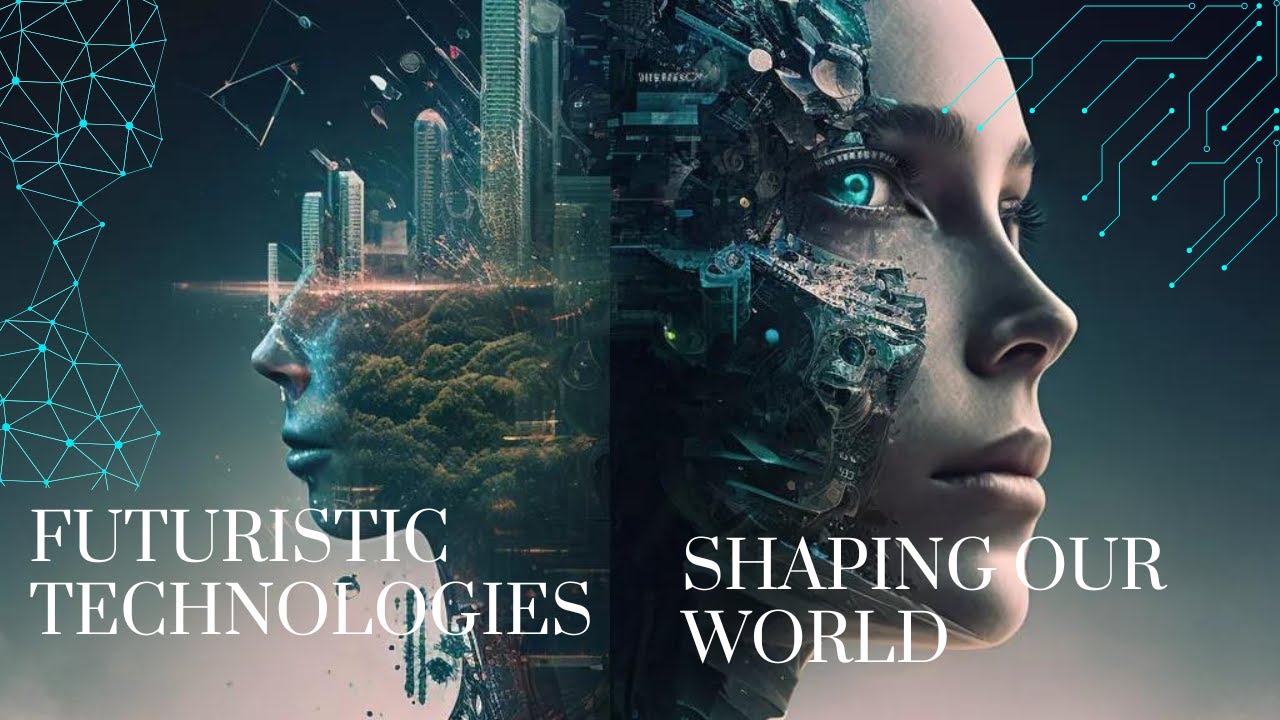The digital age has transformed the way we live, work, and connect with one another. From the smartphones in our pockets to the artificial intelligence systems shaping global industries, algorithms have quietly become the invisible engines of modern life. They recommend what we watch, determine what we read, manage the traffic on our roads, and even influence who we meet. Yet as powerful as algorithms are, the future of the digital world cannot be defined by code alone. It will be shaped by human choices—our ethics, creativity, and vision for what technology should mean in our lives.
The phrase “Beyond the Algorithm” captures a vital idea: technology is not destiny. While algorithms are extraordinary tools, the true challenge lies in how humanity chooses to design, regulate, and coexist with them. The digital world of tomorrow must reflect more than technical efficiency; it should embody values like fairness, transparency, accessibility, and human well-being.
In this exploration, we will look at how algorithms dominate today, where they fall short, and how society can move beyond them to create a digital future that is not only smart, but also humane.
The Rise of the Algorithm
The 21st century is often called the era of algorithms. In essence, an algorithm is just a set of instructions, but in practice, algorithms have become the decision-makers of the digital age. Social media platforms rely on them to curate content, search engines use them to rank information, and businesses employ them to predict consumer behavior.
For example:
- E-commerce: Algorithms anticipate what customers want and recommend products before they even realize their need.
- Healthcare: Machine learning models assist doctors in diagnosing diseases more quickly and accurately.
- Finance: High-frequency trading algorithms execute thousands of stock transactions in fractions of a second.
- Everyday life: GPS applications reroute us around traffic, streaming platforms select the next movie, and even dating apps rely on algorithmic matches.
The convenience is undeniable. Algorithms save time, reduce costs, and expand access to services. But as their influence grows, so does the question: are they serving humanity’s best interests—or simply optimizing for efficiency and profit?
The Limits of Algorithms
Despite their power, algorithms are not flawless. They reflect the data they are trained on, and data is often incomplete or biased. This can lead to outcomes that unintentionally reinforce inequality or harm individuals.
Some examples of their limitations include:
- Bias and Fairness
Algorithms used in hiring, law enforcement, or credit scoring have been found to discriminate against certain groups. This isn’t because machines are inherently unfair—it’s because they learn from historical data, which often carries human biases. - Transparency
Many algorithms are “black boxes.” Even their creators can’t always explain how complex AI systems reach certain conclusions. This lack of transparency erodes trust and makes accountability difficult. - Over-Optimization
Algorithms are built to maximize efficiency, clicks, or profits. But what is efficient isn’t always ethical or aligned with human well-being. For instance, social media recommendation systems prioritize engagement, often amplifying sensational or divisive content. - Dependence and Control
As algorithms take on more decision-making, humans risk becoming overly dependent on them. The danger lies in surrendering control to systems that may not understand nuance, empathy, or cultural context.
These limitations remind us that algorithms, while intelligent, are not wise. True wisdom requires human judgment.
Human-Centered Technology
If we are to shape tomorrow’s digital world responsibly, the focus must shift from algorithmic efficiency to human values. This means placing people—not machines—at the heart of innovation.
Here are some guiding principles:
- Ethical Design
Developers should adopt frameworks that prioritize fairness, transparency, and accountability. Ethical AI isn’t about perfection but about minimizing harm and ensuring systems work for everyone, not just a privileged few. - Digital Literacy
Citizens need to understand how algorithms affect their lives. By teaching digital literacy, societies empower people to question, challenge, and make informed choices rather than passively accepting automated decisions. - Human Oversight
Algorithms can assist, but they should not replace human judgment in critical areas like justice, healthcare, or governance. Human oversight ensures accountability and empathy remain central. - Inclusivity in Innovation
Technology should not be designed only by a narrow group of experts. Diverse voices—across gender, culture, and geography—must be included to ensure digital systems meet the needs of all humanity.
Beyond Data: The Role of Creativity
Another way to move beyond algorithms is to embrace what machines cannot replicate: human creativity. While AI can generate text, compose music, or even design art, it does so by recombining existing patterns. Human creativity, on the other hand, is fueled by imagination, emotion, and lived experience.
The future of the digital world depends on leveraging algorithms as tools while allowing humans to remain the true authors of meaning and originality. For instance:
- In education, algorithms can personalize learning, but teachers will continue to inspire curiosity and foster empathy.
- In healthcare, AI can analyze scans, but human doctors provide comfort, compassion, and ethical decision-making.
- In art and storytelling, AI may assist, but the power of human voices will always resonate more deeply.
Creativity ensures that technology is not just efficient but also enriching.
Building Trust in the Digital World
As algorithms become more deeply embedded in society, trust will be the currency of the digital future. Without trust, even the most advanced technologies will fail to gain acceptance.
Trust requires:
- Transparency – Systems must be explainable. Users deserve to know how decisions are made.
- Accountability – Companies and governments must take responsibility when algorithms cause harm.
- Privacy Protection – Personal data should be respected, not exploited. Strong regulations can safeguard individual rights.
- Collaborative Governance – Policymakers, technologists, and citizens must work together to establish rules that ensure technology benefits all.
The key is to strike a balance: we must encourage innovation without allowing it to run unchecked.
The Future: A Human-Tech Partnership
Looking ahead, it’s clear that algorithms will not disappear. In fact, they will become even more advanced, shaping industries like autonomous vehicles, personalized medicine, quantum computing, and smart cities. But this doesn’t mean the future belongs to machines.
Instead, the future lies in partnership. Algorithms can process vast amounts of data, but humans provide the vision, ethics, and emotional intelligence. Together, they can create outcomes neither could achieve alone.
Imagine:
- Healthcare where AI assists in diagnosis, but doctors make patient-centered decisions.
- Education where algorithms tailor lessons, but teachers nurture human growth.
- Governance where data analytics inform policy, but elected leaders weigh moral and cultural implications.
This partnership will define tomorrow’s digital world—a collaboration between silicon intelligence and human wisdom.
Conclusion: Shaping a Digital Tomorrow
The story of technology is ultimately the story of humanity. Algorithms have already reshaped our world, but they do not have to define our destiny. What lies beyond the algorithm is a digital world that reflects not just efficiency but humanity itself.
If we approach innovation with ethics, creativity, and inclusivity, the future will not be one where humans serve algorithms but where algorithms serve humanity. The challenge before us is clear: to design a digital tomorrow that balances intelligence with empathy, progress with fairness, and innovation with trust.
The question isn’t whether algorithms will shape the future—they already are. The real question is: Will we go beyond the algorithm to ensure the future is truly ours?







